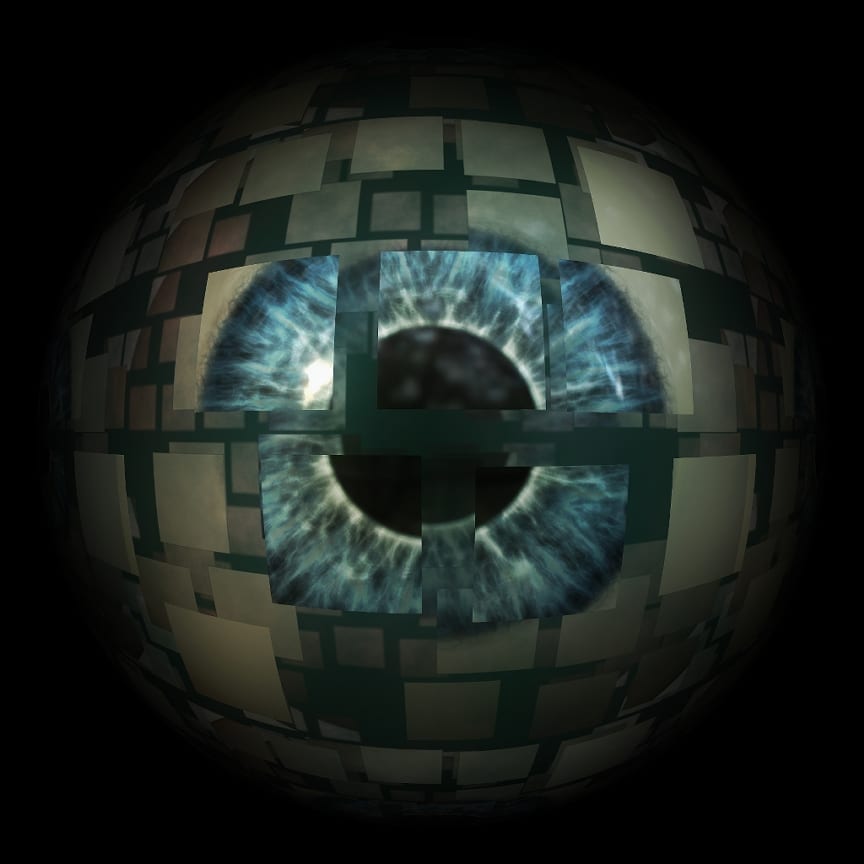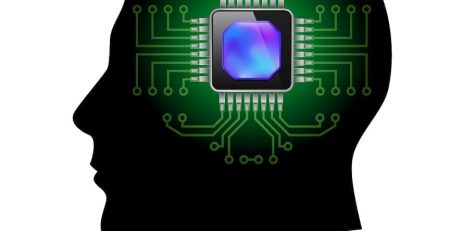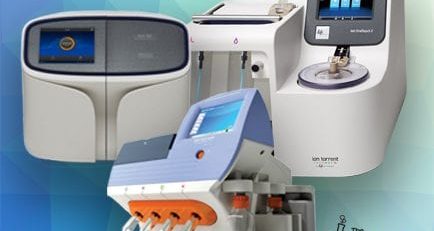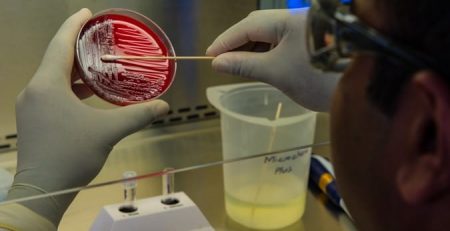The New ‘Bionic Eye’
The Argus II, a new retinal prosthesis, can restore partial sight to those blinded by a degenerative eye disease called Retinitis Pigmentosa (RP). RP affects about 100,00 people in the United States, and usually results in total blindness. In RP, the light-sensing cells of the retina are affected, but the optic nerve remains intact.
This new bionic eye, developed by a medical device company called Second Sight, has been a long time in the making. While Europe approved the device in 2011, FDA approval for the US has only recently come through.
How does it work? The Argus II functions by way of a small array of electrodes implanted in the retina. They act as a substitue for the light-sensing cells that normally react to light, by sending an electric signal toward the back of the retina. The optic nerve, located behind the eye, receives these signals, which are then sent back along the nerve to the brain.
Another component of the Argus II, is a small video camera that is attached to a pair of eyeglasses and a visual processor, carried around the waist. Images picked up by the camera are sent to the visual processor, then back to the glasses, where they are wirelessly transmitted to the implanted electrodes.
While this bionic eye is no substitute for unaffected vision, it supplies enough information to the brain to allow users to get around with aid and assistance.














